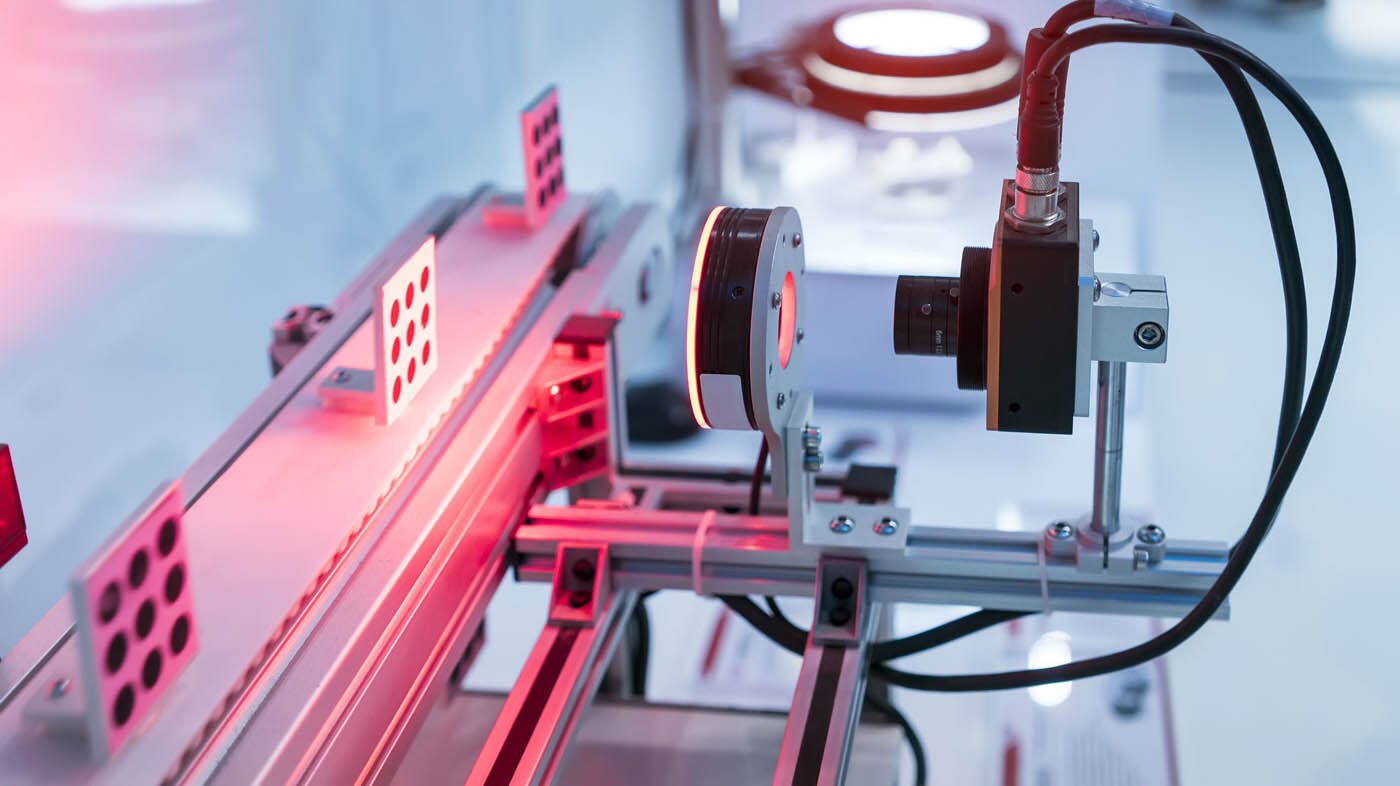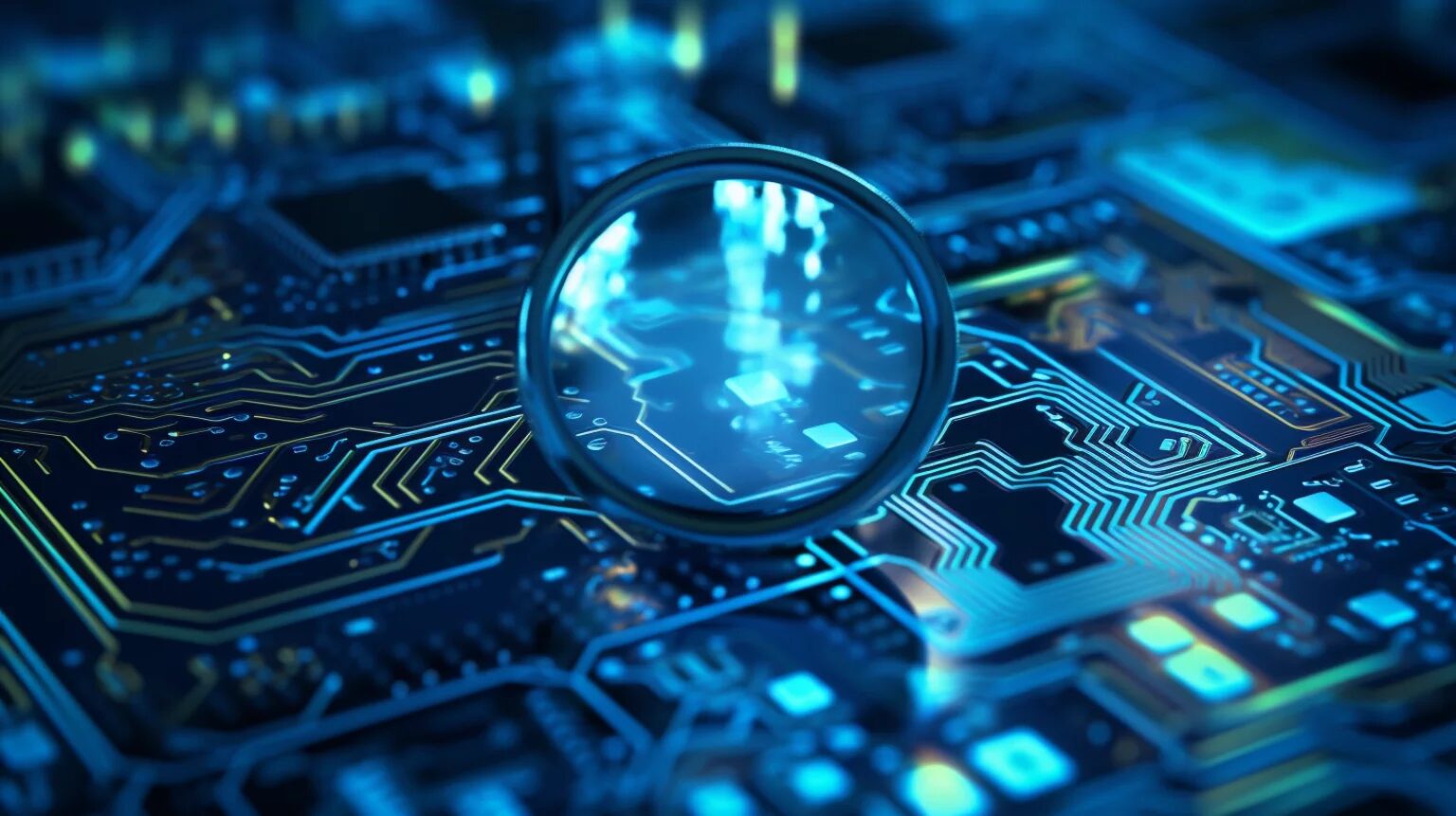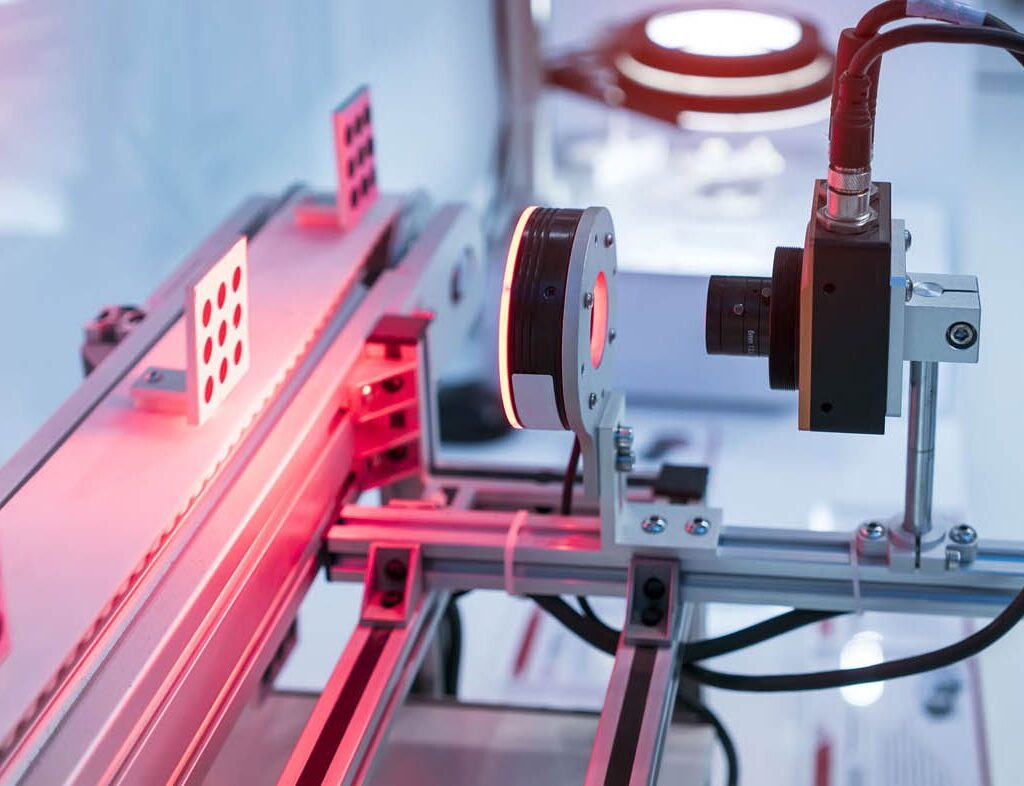In modern manufacturing, ensuring product quality while maintaining efficiency is a top priority.

Read More: Implementing IoT for Smart Inventory Tracking Systems
Traditional defect detection methods, which rely on manual inspection or basic automation, often lead to errors, delays, and increased costs. AI-driven automated defect detection is revolutionizing production lines by enhancing accuracy, speed, and consistency.
How AI-Powered Defect Detection Works
AI-based defect detection uses computer vision, deep learning, and IoT-integrated sensors to analyze products in real time. High-resolution cameras capture images of products as they move along the production line. AI algorithms then compare these images against predefined quality standards, detecting defects such as cracks, discoloration, misalignments, or irregular shapes.

Read More: AI-Powered Optimization of Manufacturing Resource Planning
Unlike traditional systems, AI continuously learns and improves, reducing false positives and identifying even subtle defects that may be missed by human inspectors. This ensures a higher level of precision and consistency.
Key Benefits of AI-Driven Defect Detection
- Increased Accuracy: AI eliminates human error, identifying defects with near-perfect precision.
- Faster Inspections: Automated systems analyze thousands of products per minute, reducing bottlenecks.
- Cost Savings: Early defect detection prevents wasted materials and reduces rework expenses.
- Improved Product Quality: AI ensures only defect-free products reach customers, enhancing brand reputation.
- Scalability: AI adapts to different production lines, handling various product types and defect patterns.
Implementation Challenges and Considerations

Read More: IoT Applications in Monitoring Machine Health and Performance
Deploying AI for defect detection requires high-quality training data, advanced computing infrastructure, and integration with existing production systems. However, as AI technology becomes more accessible, manufacturers can gradually adopt and scale these solutions for maximum impact.
Final Thoughts
AI-driven defect detection is transforming manufacturing quality control by making it faster, smarter, and more reliable. Companies that implement AI in their production lines can significantly enhance efficiency, reduce costs, and improve product quality.
Ready to take your production quality to the next level? AI-powered defect detection is the future!

